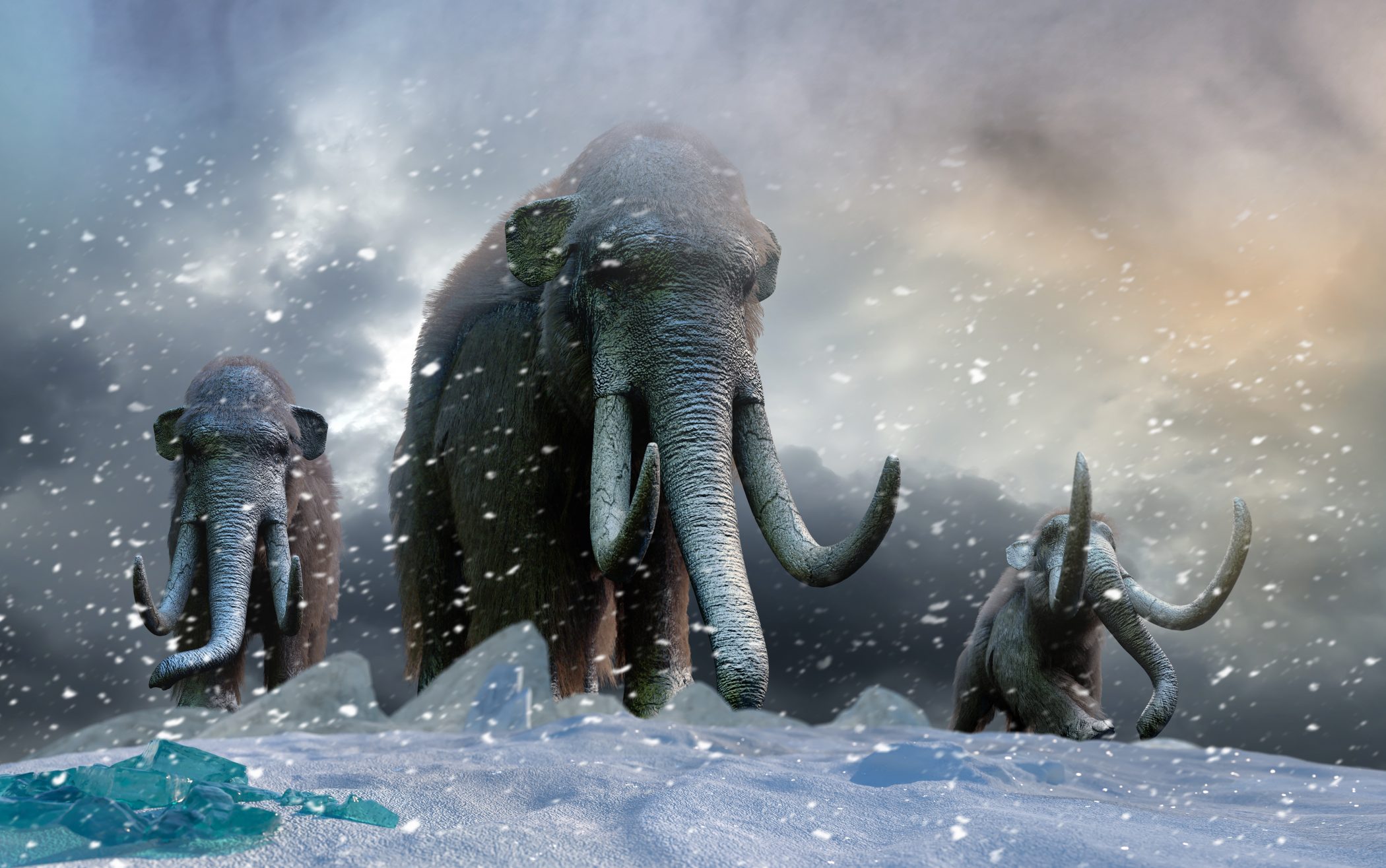SciLifeLab and NGI infrastructure critical in finding record-old DNA
For the first time ever DNA older than a million years has been sequenced in an international collaboration with SciLifelab/NBIS researcher Tom van der Valk, and “absolutely critical” help from NGI.
In a recent article published in nature a team of more than 20 international researchers managed to beat the previously oldest record for ancient DNA set by Ludovic Orlando who sequestered the genome from a 560 000 to 780 000-year-old horse leg bone in 2013.
This new record was set by author Tom van der Valk (NBIS/SciLifeLab) and supervised by last authors Anders Götherström and Love Dalén from the Centre for Palaeogenetics and the Department of Bioinformatics and Genetics, Swedish Museum of Natural History. According to the Centre for Palaeogenetics “the SciLifeLab/NGI infrastructure was absolutely critical to this work”.
“Facilitated” is a bit of an understatement. The SciLifeLab/NGI infrastructure was absolutely critical to this work.
— Centre for Palaeogenetics (@CpgSthlm) February 18, 2021
We’re delighted to have been involved! Fantastic work ????
— NGI Sweden (@ngisweden) February 19, 2021
The DNA was extracted from three different samples of mammoth teeth excavated in the 1970s by Russian palaeontologist Andrei Sher from the east Siberian permafrost.
The oldest sample of 1.65 million years came from the Krestovka village from which the researchers managed to obtain 49 million base pairs of nuclear DNA. Another sample was 1.3 million years old and came from the Adycha tooth, with 884 million base pairs.
The youngest tooth named Chukochya was 600 000 years old and was originally from a woolly mammoth. From this sample the researchers could obtain a stunning 3.7 billion base pairs of DNA.
From their data, the researchers concluded that the Adycha species is part of a lineage that later became the woolly mammoth. When it comes to the Krestovka, it looks like a different species from an entirely new lineage.
The researchers suspects this lineage was isolated from other steppe mammoths in North America long ago. The Columbian mammoths are now thought to trace half their ancestry to the Krestovka mammoth lineage, and half to the woolly mammoths.
The two lineages mixed over 420 000 years back according to Love Daléns estimate.





